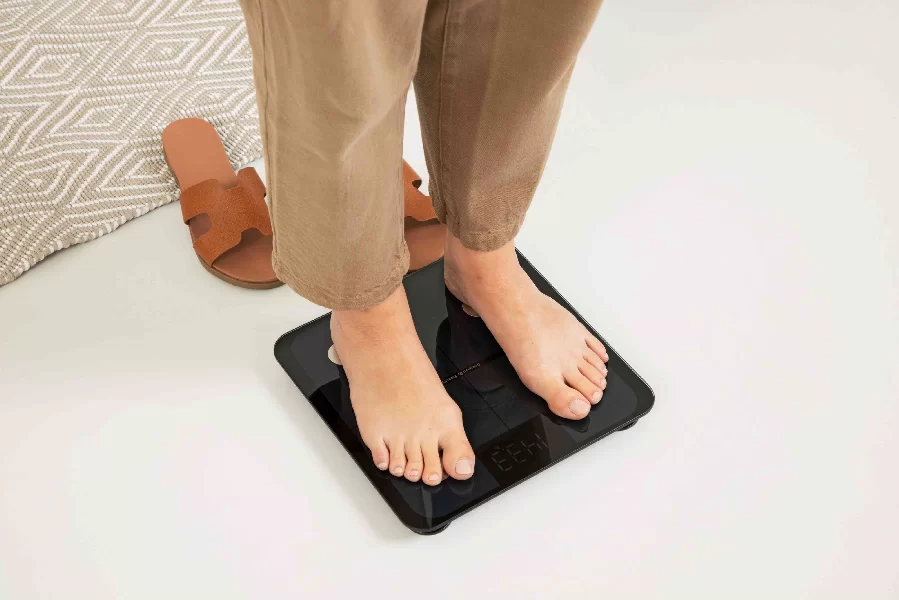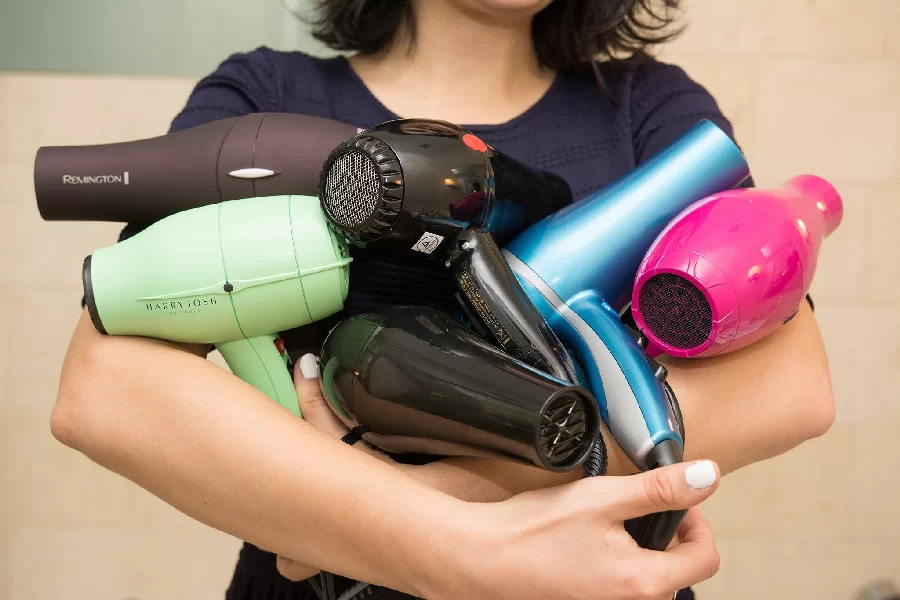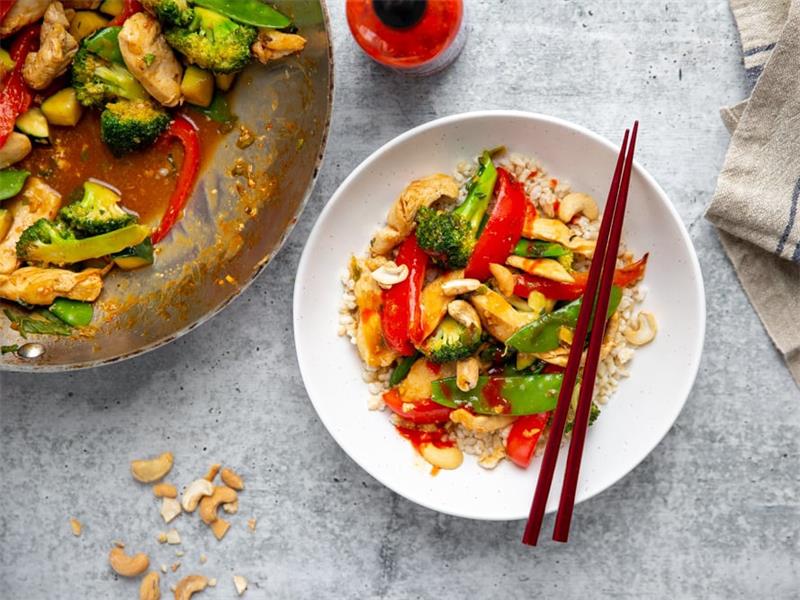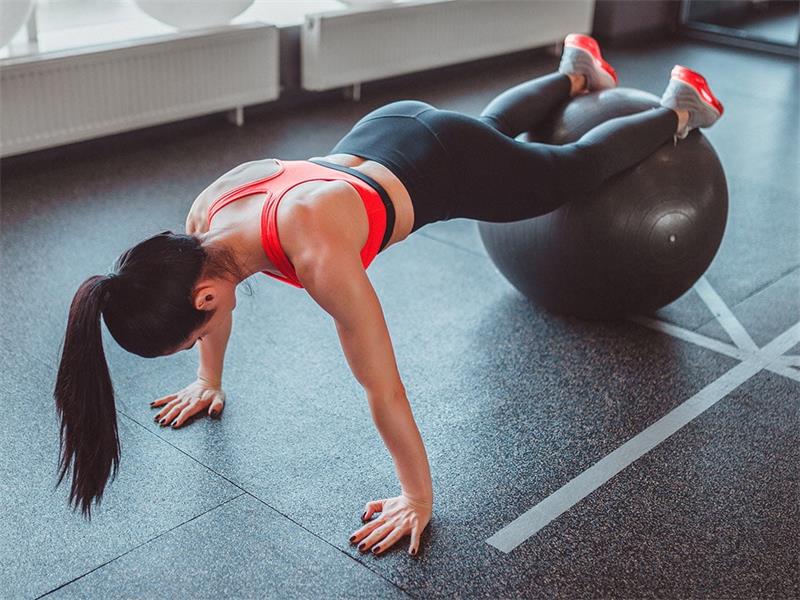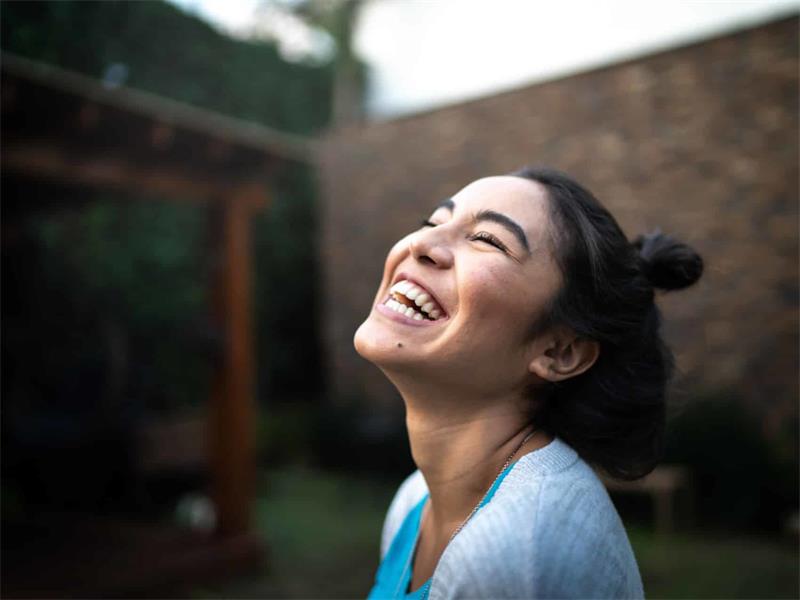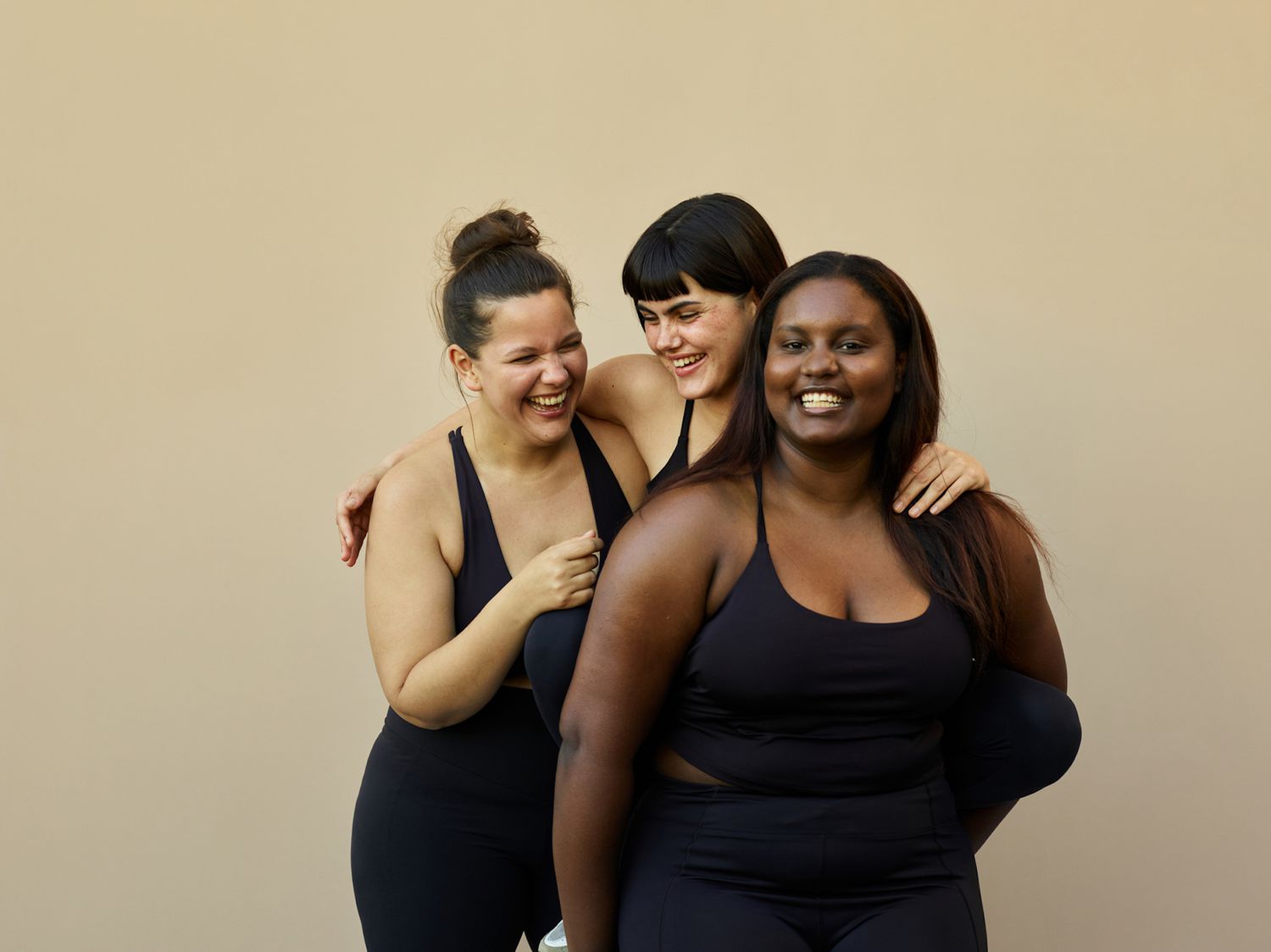Contents
The Magic of Yoga: Stress Relief and Relaxation
Yoga is more than just a physical exercise, it is a practice that can be transformative for the mind, body, and spirit. One of the most powerful benefits of yoga is its ability to reduce stress and promote relaxation.
After all, we live in a world where we are constantly on the go and bombarded by endless stimuli. It’s no wonder that many people find it difficult to unwind and fully relax.
That’s where yoga comes in! The combination of breathwork, gentle movement, and mindfulness creates a potent recipe for stress relief and relaxation.
Yoga postures (or asanas) gently stretch and strengthen the body while simultaneously calming the nervous system. When combined with deep-breathing techniques (pranayama), yoga becomes an even more powerful tool for reducing stress levels.
The Importance of Proper Breathing Techniques During Yoga Practice
When practicing yoga for stress relief and relaxation purposes, proper breathing techniques are crucial. In fact, they can make all the difference between feeling calm or anxious during your practice. One popular breathing technique used in yoga is called Ujjayi breath or “victorious breath.” This technique involves inhaling deeply through the nose while slightly constricting the back of your throat to create an ocean-like sound.
Another useful breathing technique is known as “4-7-8” breathing. This involves inhaling deeply through the nose for 4 counts, holding your breath for 7 counts, then exhaling slowly through pursed lips for 8 counts.
By focusing on your breath during yoga practice, you can quiet your mind and bring awareness to your body. Practicing yoga regularly can have a profound impact on reducing stress levels and promoting overall relaxation.
By incorporating proper breathing techniques into your practice, you can enhance the stress-busting benefits even further. Now, let’s explore five yoga poses that are particularly effective for calming the mind and reducing tension in the body.
Child’s Pose: Release Tension and Calm the Mind
The Child’s Pose is a gentle, restorative yoga pose that can help release tension in the back and hips while calming the mind. To get into this pose, start on your hands and knees with your wrists directly under your shoulders and your knees under your hips. Then, slowly lower your hips back toward your heels, extending through your arms as you bring your forehead to the mat.
As you settle into this pose, focus on deepening your breath and allowing any tension in the body to melt away. You may feel a stretch in the hips or lower back, which can be especially helpful for those who sit for long periods of time or experience tightness in these areas.
If you have knee or ankle injuries or discomfort, there are modifications you can make to make this pose more accessible. One option is to place a folded blanket or cushion under the knees to provide extra support and cushioning.
Another modification is to widen the knees slightly and bring a bolster or pillow between them for added comfort. Overall, practicing Child’s Pose regularly can be an invaluable tool for managing stress and promoting relaxation in both body and mind.
Modifications for Knee or Ankle Injuries
For those with knee or ankle injuries, it may not be comfortable to sink back onto the heels in Child’s Pose. To modify this posture, place a cushion between the ground and the glutes so that there isn’t as much weight on these joints. Another modification could be to spread legs wider apart so that there isn’t any pressure placed on injured joints.
A bolster could also be used under the knees instead of placing them directly on a hard surface. It’s essential not to push beyond what feels safe when dealing with an injury; move gently within comfortable limits instead of forcing yourself into any poses that feel painful.
Benefits of Child’s Pose
A child’s Pose is an excellent posture that provides various physical and mental benefits. Calming the mind is one of the most significant advantages as it helps relieve stress and anxiety.
When we take a moment to pause and slow down, it creates a sense of safety, which can help reduce feelings of stress and worry. Another benefit is that it can help release tension in the back and hips.
These areas tend to hold onto stress and tension, especially if you sit for long periods or are going through a particularly stressful time in your life. By spending a few minutes in Child’s Pose each day, you can release tension in these areas and create more space throughout your body.
Child’s Pose may seem simple at first glance, but it provides ample benefits for both physical health and relaxation. Whether you’re new to yoga or have been practicing for years, incorporating this pose into your routine can make all the difference when it comes to managing stress levels over time.
Cat-Cow Pose: Stretching and Breathing
When it comes to yoga poses that promote flexibility, relaxation, and overall stress relief, Cat-Cow Pose is one of the most popular. It’s also one of the simplest!
To get into Cat-Cow Pose, start on your hands and knees with your wrists directly under your shoulders and your knees directly under your hips. This is known as the “tabletop” position.
From here, you’ll move through two different poses – Cat Pose and Cow Pose – with each inhale and exhale. During Cat Pose, you’ll round your spine up towards the ceiling while tucking your chin towards your chest.
This creates a gentle stretch in the upper back and neck. On the exhale, you’ll move into Cow Pose by dropping your belly towards the floor while lifting up through your chest.
Lift up through the crown of your head to lengthen out the spine. Continue moving between these two poses with each inhale and exhale for several rounds.
Moving in sync with the breath is key to getting the maximum benefit from Cat-Cow Pose. Not only does it help make sure that you’re moving safely through each pose, but it also helps promote deep relaxation by syncing movement with breath.
Stretching out the spine can help reduce tension throughout the body, including in areas like the shoulders and neck which often carry stress during long periods of sitting or standing at work. Add this simple yet effective pose to any yoga routine for an instant boost of energy and calmness!
Forward Fold: Calming the Mind and Releasing Tension
If you’re looking for a yoga pose that can help you release stress and tension, then forward fold is definitely worth trying. This simple yet effective posture involves folding your upper body over your lower body while keeping your legs straight.
As you fold forward, you can let go of tension in your back, neck, and shoulders. To come into this pose safely, start by standing with your feet hip-width apart.
Take a deep breath in and as you exhale, slowly bend forward from the hips. Keep your knees slightly bent if necessary to prevent any strain on your lower back or hamstrings.
If it’s comfortable for you, allow your hands to rest on the floor in front of or beside your feet. If not, use blocks or books to raise the floor up closer to you until it feels comfortable.
If tight hamstrings or lower back pain are limiting factors for you in this posture, there are some variations that can help make it more accessible. One option is to keep a slight bend in the knees throughout the pose instead of trying to straighten them fully.
Another option is to place a folded blanket under the hips or behind the knees for added support and cushioning. Forward folds have been shown to have a calming effect on both mind and body by helping reduce stress hormones like cortisol while stimulating relaxation responses in the nervous system.
As we fold forward with our eyes closed or lowered toward our legs, we create an opportunity for introspection and quieting of distracting thoughts that may be contributing to our stress levels. So next time you need some stress relief during your day, find a quiet space and try out some forward folds!
Legs Up The Wall Pose:
Relax Your Legs and Mind
Legs Up The Wall Pose, also known as Viparita Karani, is a restorative yoga pose that involves lying down with your legs extended up against a wall or other sturdy surface. It may seem like a simple pose, but it has numerous benefits for the body and mind. To set up this pose, start by finding a clear wall space in your home or yoga studio.
Sit sideways with your hip touching the wall and slowly lie down on your back while extending your legs up along the wall. Adjust your position so that your tailbone is as close to the wall as possible.
Benefits of Legs Up The Wall Pose
This restorative pose can be held for several minutes at a time and has several benefits for reducing fatigue, improving circulation, and calming the mind. Legs Up The Wall Pose is particularly helpful after a long day of standing or sitting as it helps to reverse blood flow from the feet and lower body towards the heart.
This reversal of blood flow can help reduce swelling in the legs caused by prolonged standing or sitting. In addition to its physical benefits, Legs Up The Wall Pose can also help calm an overactive mind.
By lying down with your legs elevated higher than your heart, you signal to your parasympathetic nervous system that it’s time to relax and unwind. This activation of the parasympathetic nervous system can help reduce stress levels in the body and promote feelings of calmness.
Modifications for Legs Up The Wall Pose
If you have lower back pain or tight hamstrings, you may find this pose challenging at first. There are several modifications you can make to make this pose more comfortable for you. You could place a folded blanket under your hips for extra support or use a bolster under your knees to reduce any strain on your lower back.
If you’re not near a wall, you could also try this pose with your legs resting up against the seat of a chair or even a stack of pillows. These modifications can help you get the most out of this restorative pose and fully relax your body and mind.
Corpse Pose (Savasana)
Savasana, also known as the corpse pose, is arguably one of the most important yoga poses for stress relief and relaxation. It’s the final resting pose at the end of yoga practice, and it allows your body to fully release tension and find stillness.
To come into this pose, lie flat on your back with your arms by your sides and palms facing up. Allow your feet to fall open gently and close your eyes.
It’s important to find a comfortable position in Savasana so that you can fully relax. Take a few moments to adjust props as needed – you could place a blanket under your head or knees for support if necessary.
Once you’re settled, take some deep breaths in through the nose and out through the mouth to calm your mind. Letting go of thoughts can be easier said than done, but it’s essential for experiencing true relaxation in Savasana.
One tip is to imagine all of your thoughts like leaves falling from a tree – let them drift away without judgment or attachment. Alternatively, try focusing on each part of your body from toes to head – consciously relaxing each muscle group as you go.
Incorporating Savasana into your regular yoga practice can help reduce stress levels outside of the studio too. By learning how to fully let go during this final resting pose, you will have an important tool for finding calmness in everyday life.
Conclusion
Yoga can be a powerful tool for stress relief and relaxation, offering a way to calm the mind and release tension in the body. By practicing these five yoga poses regularly, you can create a sense of inner peace and balance that can help you better cope with the stresses of everyday life.
Remember to focus on your breath throughout your yoga practice, syncing it with each movement to create a sense of mindfulness and presence. Take your time moving into each pose slowly, honoring your body’s limits and modifying as needed.
In Child’s Pose, allow yourself to surrender completely into the ground beneath you, feeling the weight of any worries or tension melting away. In Cat-Cow Pose, breathe deeply through any discomfort in your spine or shoulders as you move gently between these two poses.
In Forward Fold, let go of any expectations or judgments about how far you “should” be able to stretch, instead focusing on creating space for relaxation in your body and mind. In Legs Up The Wall Pose, allow yourself to fully relax into the support of the wall beneath you, letting go of any lingering stress or tension.
And finally, in Corpse Pose (Savasana), feel free to stay here as long as feels good for you – this final resting pose offers an opportunity for deep surrender and rejuvenation. Incorporating these five yoga poses into your regular self-care routine can have profound benefits for both physical and mental health.
Remember that self-care is not selfish – by prioritizing our own well-being, we are better equipped to show up fully present for ourselves and those around us. So take some time today to roll out your mat and give yourself permission to let go of whatever no longer serves you – Your mind (and body) will thank you!




